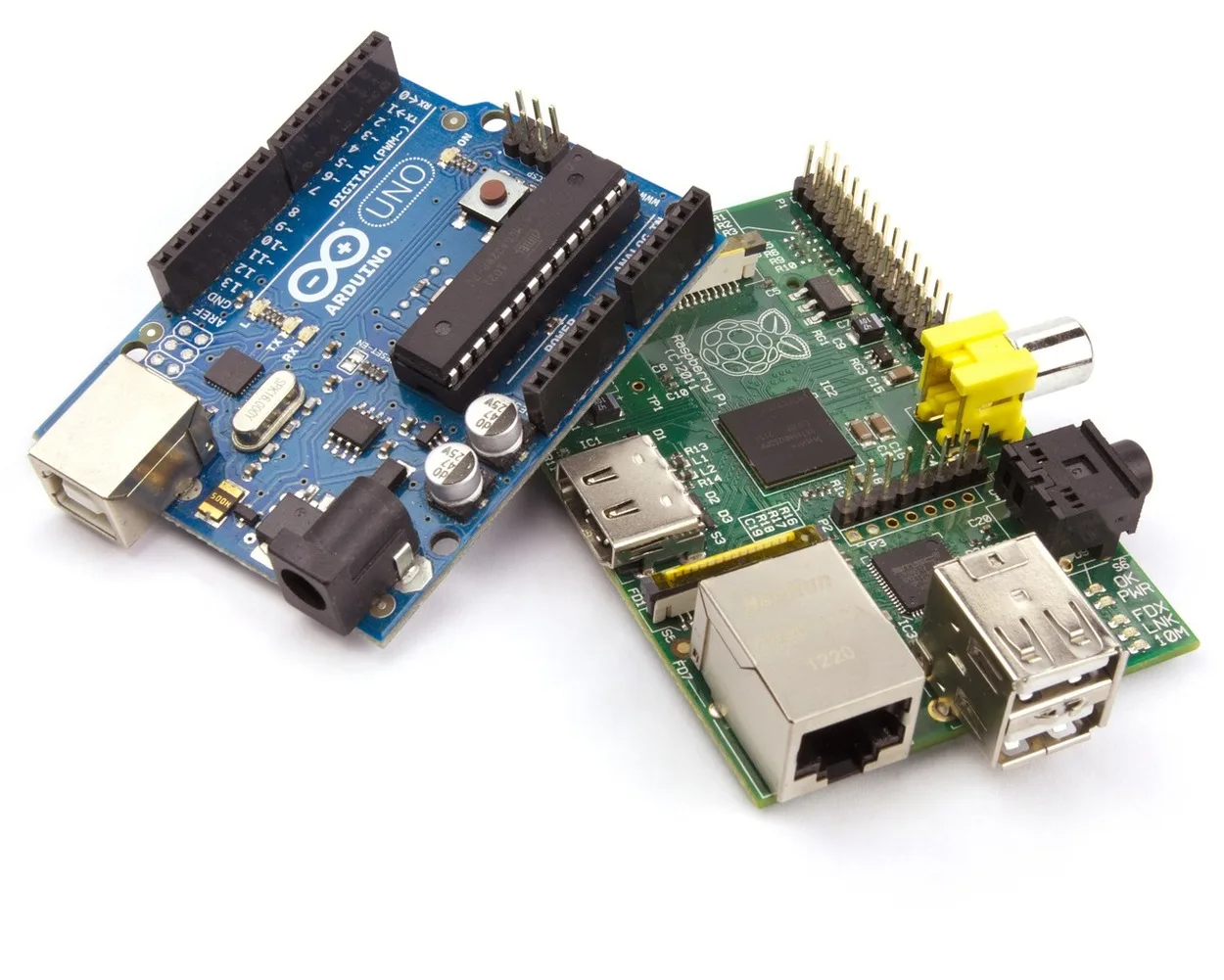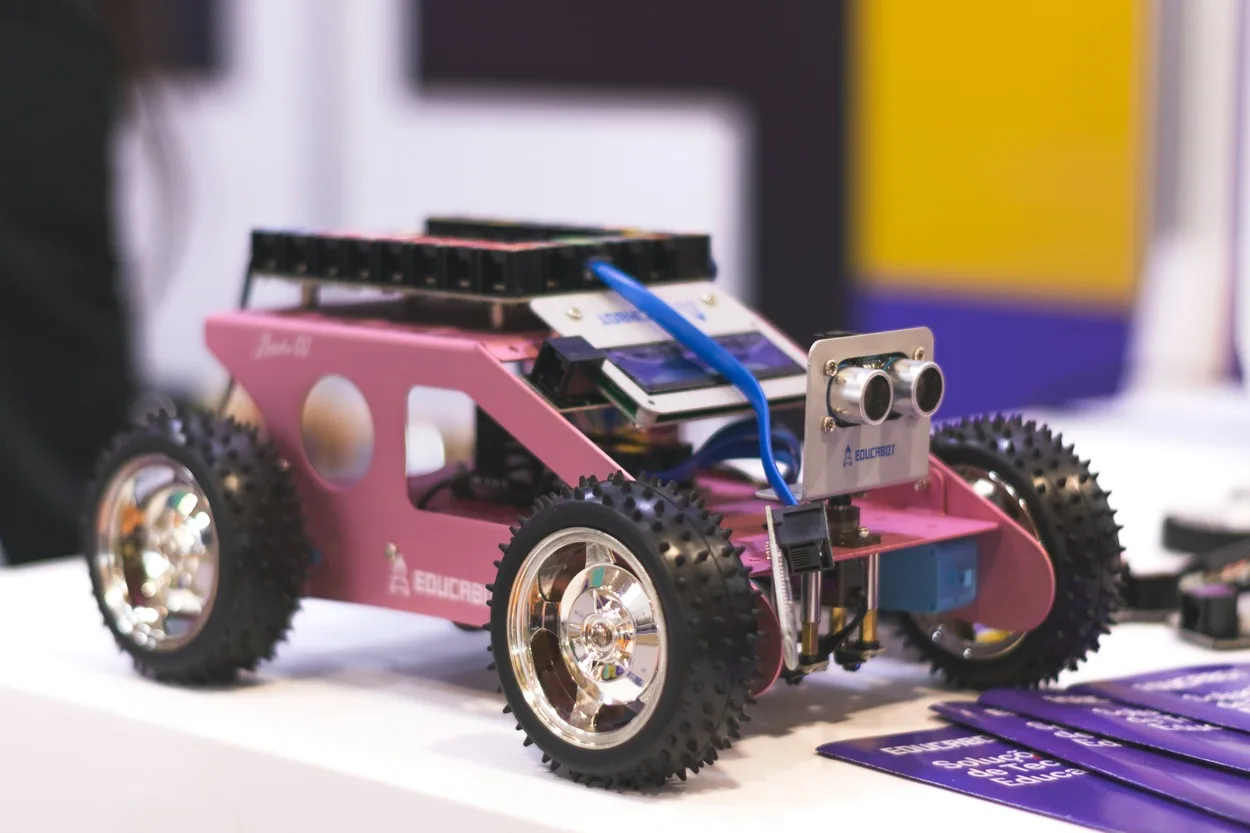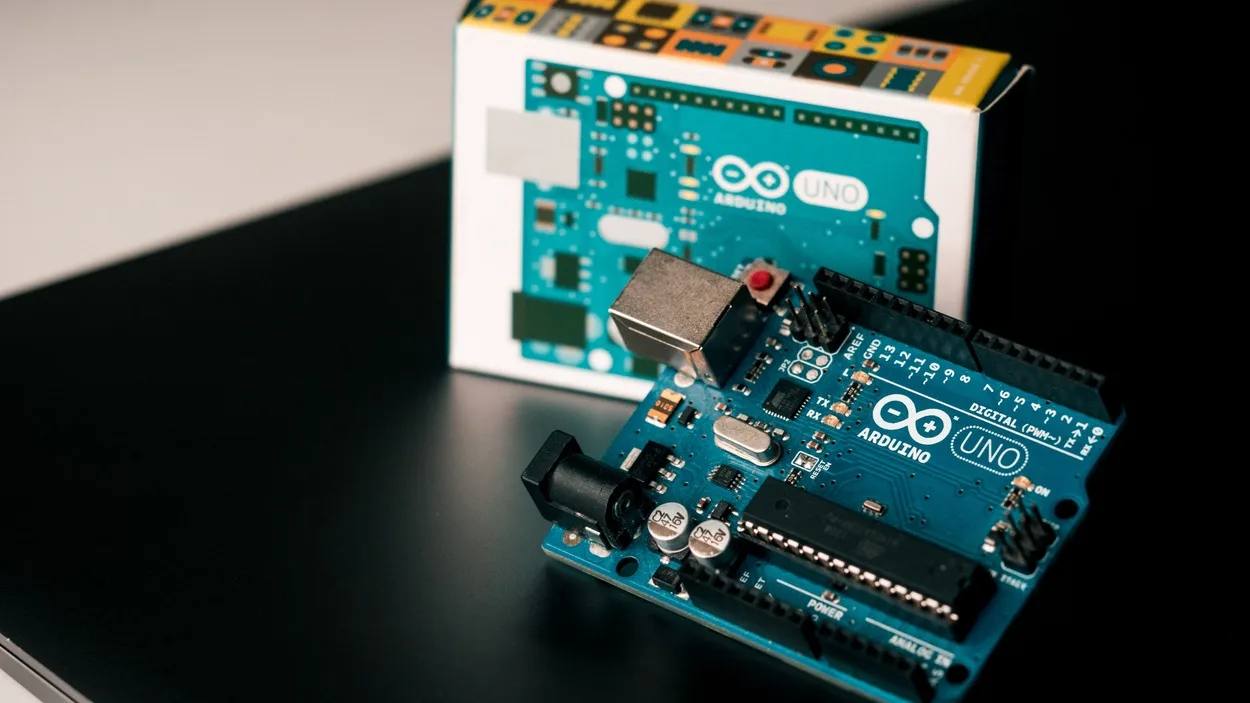Arduino provides a great opportunity for those who have little or no knowledge of electronics to automate any process. However, one should never consider them for mass production.
It is most common to use Arduino Nano and Arduino Uno boards among the many sizes of Arduino boards. Overall, they’re very similar, and you can use both interchangeably.
The first difference between both boards is that Nano is smaller in size. Another difference is that the Arduino Nano has two additional analog pins.
This article intends to compare the specifications of both boards side by side. There are detailed answers to your other queries as well; so, let’s dive into them.
Facts About Arduino
It is an electronic platform with the main goal of providing an easy way to get started with electronics while still being able to build more complex projects later on. It has been designed with simplicity and ease of use in mind.
Arduino Nano and Uno Similarities
Here’s what they both have got similar:
- Same speed
- Similar processing power
- Same microcontroller (MTMega328)
Differences Between Arduino Nano vs. Uno
| Arduino Nano | Arduino Uno | |
| Price | More budget-friendly ($5-$7) | Expensive as compared to Arduino Nano ($20-$25) |
| Breadboard | More breadboard-friendly | Less breadboard-friendly than Arduino Uno |
| Beginner-friendly | Arduino Nano isn’t beginner friendly as you will need to translate pin positions | There’s no need to translate pin positions which makes it more beginner-convenient |
Specs Comparison
Here is a table showing the comparison of the specs of both.
| Arduino Nano | Arduino Uno | |
| Power | 5V | 5V |
| Flash memory | 16 kb/32 kb | 32 kb |
| USB | Yes | Yes |
| Analog I/O | 8 | 6 |
| Digital pins | 14 | 14 |
| SRAM | 1 kb/2 kb | 2 kb |
| Clock frequency | 16 MHz | 16 MHz |
| Length | 45 mm | 68.6 mm |
| Width | 18 mm | 53.4 mm |
What Are The Pros And Cons of Arduino Nano?

Arduino Nano is a small electronic circuit board designed for beginners and hobbyists. It has been built from scratch by the Arduino Team, a group of volunteers from all over the world that came together to create an open-source hardware platform.
Advantages of Arduino Nano
- Low cost: The Arduino Nano can be bought for as little as $5. This makes it one of the cheapest kits available on the market
- Reliable: This kit can be used for several projects
- Easy to fit in smaller projects: The Arduino Nano board comes with dimensions of 45 mm length and 18 mm width, so it can fit into smaller projects where it’s not possible to fit Arduino Uno.
- Wide voltage range: You can run it on a wide voltage range.
Disadvantages of Arduino Nano
- You may find it slow due to small memory and limited functions.
- Arduino nano is a small board, so it doesn’t have enough pins to do much. There are only 14 digital pins.
- There’s no DC barrel connector.
Which Arduino Replica is Best for Beginners?
As a beginner, you may wonder which low-budget starter Arduino kit you should get your hands on. We’d recommend you buy an Elegoo kit for so many good reasons.

- It’s very economical compared to other kits available in the market.
- First of all, you get a range of components including a variety of sensors and jumper wires.
- You get a complete pdf guide teaching you how to use the kit.
- Furthermore, it is compatible with Arduino software.
- Whether it’s you or your 10 years old getting started with electronics, it’s a great starter kit that gives you an insight into coding.
- One thing you need to keep in mind is that you can find it a great source of entertainment, though you shouldn’t expect to work on real projects.
Arduino Uno vs. Elegoo Uno
The company selling Arduino microcontroller boards started with the purpose of introducing inexpensive options to the market. Interestingly, the company was started by a bunch of school teachers.
Elegoo, on the other hand, is a clone of the Arduino Uno. Arduino’s status as an open-source project legally allows others to build duplicates. The board layout and software components used on both boards are the same.
Price is also a factor that sets both boards apart. If you’re looking for a pocket-friendly option, Elegoo Uno stands out.
Here are some benefits Arduino provides you over the duplicates such as Elegoo.
- You get a licensed product with the Arduino official logo.
- Official Arduino IDE provides support
As opposed to the genuine product, Elegoo Uno has more parts for an affordable price.
Pros and Cons of Arduino Uno

Pros
- The first advantage of using Uno R3 is that it is the most selling kit.
- You can use it as a starter kit for you as well as your 10-year-old.
- It comes with all the basic features.
Cons
- It is bigger and won’t fit into smaller projects.
- There’s very minimal storage.
- It’s not suitable for high-processing work.
- You can’t use it with industrial commercial applications.
Does The Code of Arduino Nano Work for Arduino Uno?
The code written for Arduino Uno will work on Arduino Uno because the same processor (ATMega328p) is being installed. The analog I/O for Arduino Uno is 6, while Arduino Nano has 8 analog I/O.
Due to this fact, it’s not possible to make Arduino Nano code work for Arduino Uno.
Conclusion
- This article shared some differences as well as similarities between Arduino Nano and Arduino Uno.
- Arduino is focused on providing beginner-friendly kits.
- Arduino Uno is a little bit costly. Due to their open-source policy, you can find a range of replicas that provide you with the same features but at less price.
- On the other hand, Arduino Nano can be your go-to option if you’re looking for a breadboard.

